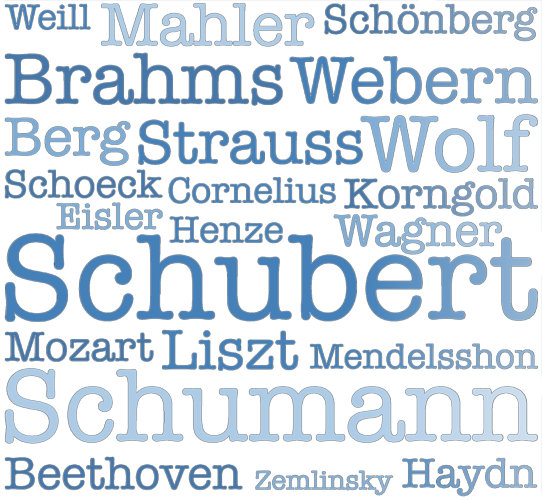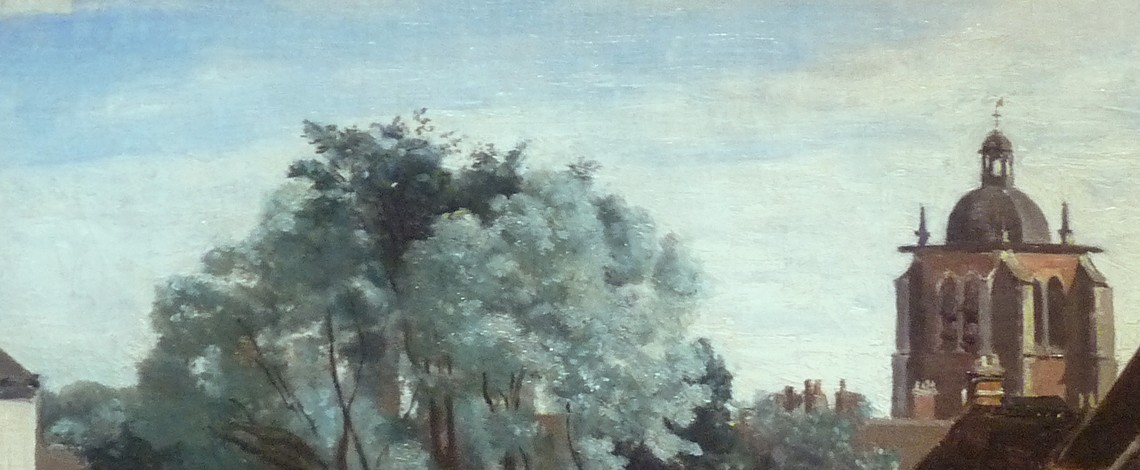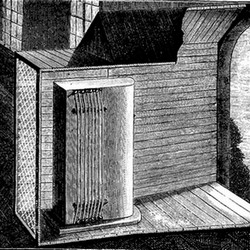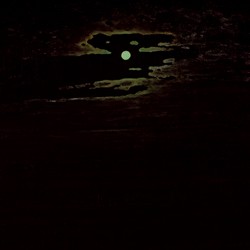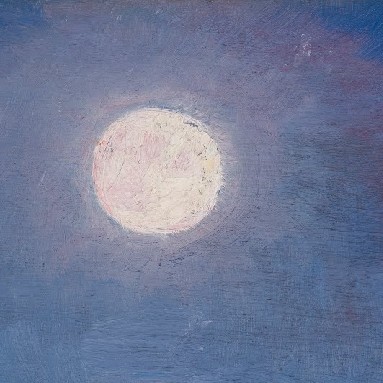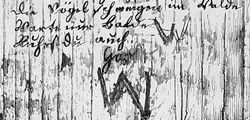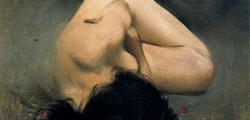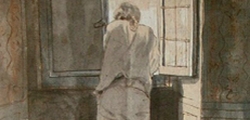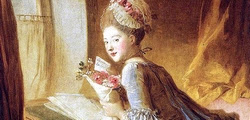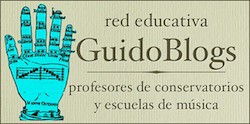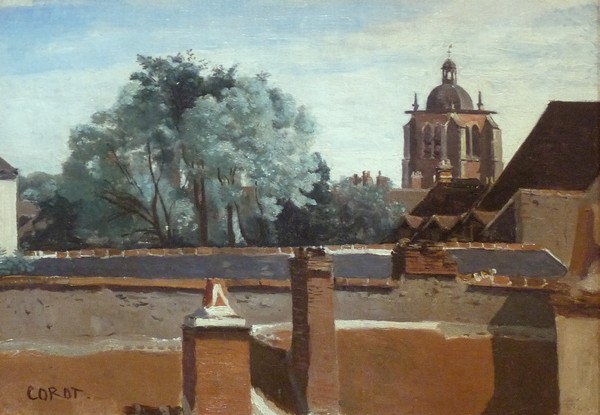
When Mr Félix José de Montes y Galloso passed away prematurely, his family (the widow and four children) suffered economic hardship. To try to alleviate the situation, the mother decided something that was not uncommon at the time: to board one of the boys at the seminary. This way, she had one less mouth to feed, while providing the boy an education that went far beyond what she could afford. The eldest son, who was seventeen, had found a job at the city council (where his father had worked) to contribute to the family economy, and that's how Xoán Hermenegildo Montes Capón entered in September 1850, at his ten, at the seminary of Lugo (in Galicia).
The education at the seminary was focused on preparing the boys for priesthood; once they had finished elementary school, they studied humanities, philosophy and theology. Besides, Xoán studied music. When the seminary's music school closed, the boy continued to form himself with permission from the headship of the seminary, and eventually, he took over the musical part of the religious services and composed his first works. He was even allowed, to leave the seminar three evenings a week to play the piano at the meetings of the social club of the city.
When he was twenty-four, Xoán surprised everyone and left the seminary without being ordained. He returned home to his mother and sisters, and devoted himself to music. Juan Montes was organist of the cathedral of Mondoñedo, a director of several choirs, and made a remarkable pedagogical task. When he died in 1899, at his fifty-nine, he was recognized as one of the most important Galician composers, author of numerous symphonic, chamber, organ or choir works, and also composer of some songs. And what's more, his most renowned work is a song.
Montes did not have much interest in folk songs until the impulse of Felip Pedrell and other researchers encouraged him to collaborate in the recollection of traditional pieces; in both Pedrell's and Casto Sampedro's songbooks there are several of his contributions. One of the pieces he collected in 1892, in a village called O Cruz de Incio, was an alalá, a slow and melancholic song, usually a cappella, originated in Gregorian chants and very characteristic of the Galician tradition. The composer was inspired by this alalá to compose Negra sombra [Black shadow], one of two songs for choir that he presented to a musical contest held in Pontevedra that summer (the winner was the other song, Doce sono). Simultaneously, he made a version of Negra sombra for symphonic orchestra, which would be the second movement of a Fantasía that he presented to a composition contest in Havana. This work won the first prize, and Montes was persuaded to write a version for voice and piano of Negra sombra, which he published in 1892 in the collection Seis baladas galegas. [Six Galician Ballads]
Negra sombra success was so great and so continuous that it became a popular song in the Herderian sense of expression, a song that belonged to the people. As usually happens when a song makes this path, the composer's name was forgotten over time and the song became independent (who remembers the composer of Silent Night)? Negra sombra, however, is a particular case. If we ask the people who know the song who composed it, most people will not be able to tell us, but many of these people will tell us that the poem is by Rosalía de Castro. It is probably the best-known poem by the great Galician poet, precisely because the song popularized it.
What is the black shadow that verses tell us about? An absence, solitude, a memory, a projection of Rosalía's depressed mood? Scholars still debate what the poet is precisely talking about; those of us who are not experts in the subject can turn to the context of verses. In 1880, Rosalía de Castro published Follas novas, [New Leaves] a collection of poems that was the natural continuation of Cantares gallegos [Gallician Songs] published in 1863. In the second part of the collection, ¡Do intimo! [From intimate] we find a series of poems under the title O toque d'alba [The toll at dawn] which tell us of the bell of the cathedral that tolls at dawn and reminds the poetic voice of other awakenings; over time, happy awakenings diminish and the sad ones increase, to the point that the sound appears her a death knell. Maybe for her, who soon won't be able to hear it. The poet invokes heaven and the sea to help her bury the ghost that terrifies her, and asks her mind to dig a pit to bury the memory of the past. And then comes the last poem in the series, Negra sombra.
Many versions of this beautiful song by Xoán Montes have been made, a song that emotionally conveys the deep grief of Rosalia de Castro's verses. Today I propose that we listen to the original version for voice and piano performed by baritone Gabriel Alonso and pianist Aurelio Viribay. You'll find it on their recording No camino, so if you like it as much as I do, you could keep listening to the CD to make your own findings.
negra sombra que me asombras,
ó pé dos meus cabezales
tornas facéndome mofa.
Cando maxino que es ida,
no mesmo sol te me amostras,
i eres a estrela que brila,
i eres o vento que zoa.
Si cantan, es ti que cantas,
si choran, es ti que choras,
i es o marmurio do río
i es a noite i es a aurora.
En todo estás e ti es todo,
pra min i en min mesma moras,
nin me abandonarás nunca,
sombra que sempre me asombras.
Please follow this link if you need an English translation.

